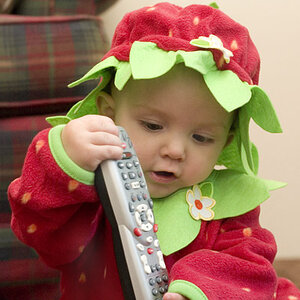Southerngal
TPF Noob!
- Joined
- Jun 8, 2007
- Messages
- 299
- Reaction score
- 0
- Location
- Georgia
- Can others edit my Photos
- Photos OK to edit
What is your best bet, as far as camera settings, before and during an indoor wedding? I am still having difficulty understanding exactly what settings will give what results.....ISO, shutter spead, f-stop etc.? And this is probably a very elementary question, but could someone explain metering to me as simply as they can? and how I do this? Sorry, for the questions....it seems that as soon as I think I get it I snap a shot that confuses me to death 
Thanks in advance
Thanks in advance


![[No title]](/data/xfmg/thumbnail/41/41933-d5af292b78e4b91211e86e0f3205eda8.jpg?1619739946)
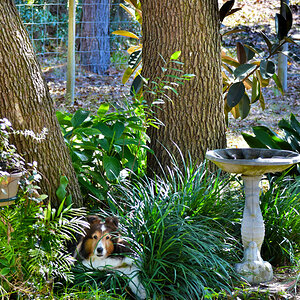
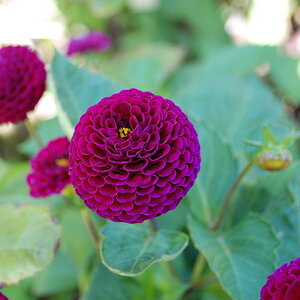
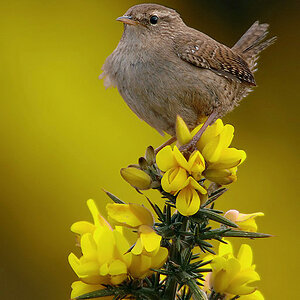
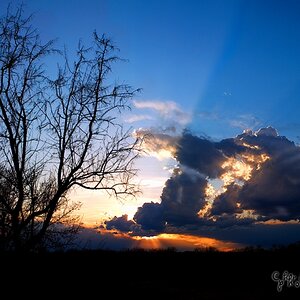

![[No title]](/data/xfmg/thumbnail/41/41889-81d59d4994c91e71aaf805b05b133966.jpg?1619739933)
![[No title]](/data/xfmg/thumbnail/37/37631-1af996afcca522b3c5490538125d9599.jpg?1619738155)
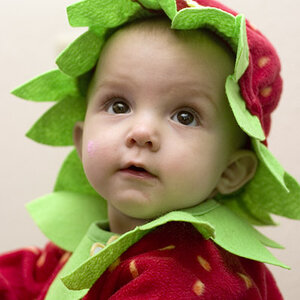
![[No title]](/data/xfmg/thumbnail/41/41934-5071025280901954ee561590003df10e.jpg?1619739947)
